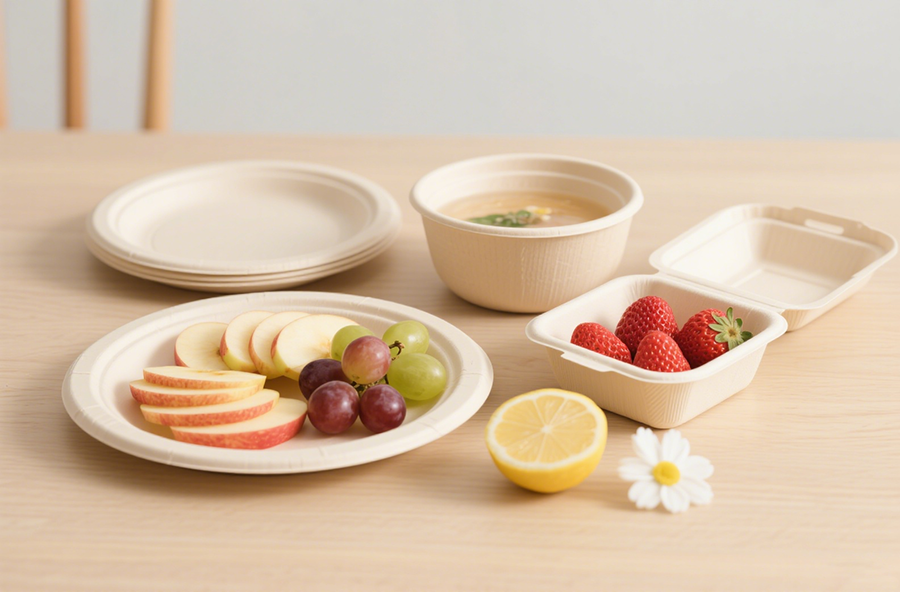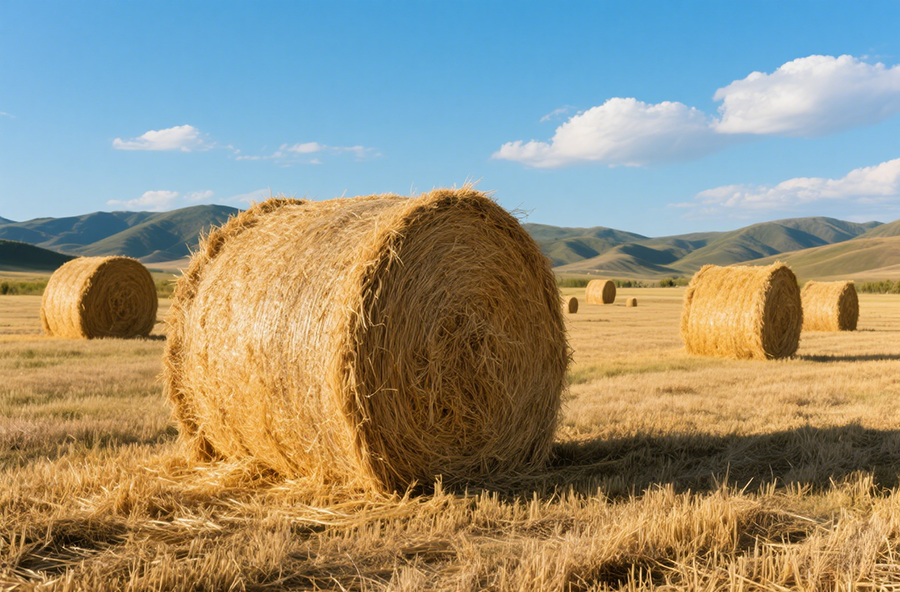World Environment Day | How Pulp Molding Alleviates Plastic Pollution in
Jun 19,2025
For decades, plastic pollution has penetrated every corner of the global ecosystem. According to the latest report Confronting Plastic Pollution released by the United Nations Environment Programme, global plastic pollution will double by 2040 if no urgent action is taken.
For decades, plastic pollution has penetrated every corner of the global ecosystem. According to the latest report Confronting Plastic Pollution released by the United Nations Environment Programme, global plastic pollution will double by 2040 if no urgent action is taken.

June 5 is World Environment Day, with this year's theme "End Plastic Pollution". Zhou Guomei, Director of the Department of International Cooperation of the Ministry of Ecology and Environment, stated that the Chinese government attaches great importance to domestic plastic pollution control, continuously implements whole-chain governance, and has achieved positive results in improving the legal construction of solid waste pollution prevention and control, promoting solid waste reduction and circular reuse, and implementing the control of chemicals and new pollutants. At the same time, China actively supports the international community in jointly addressing plastic pollution by participating in the 5th session of the Intergovernmental Negotiating Committee on Plastic Pollution (INC-5), promoting the amendment of the Basel Convention, encouraging the phase-out of persistent organic pollutants, and formulating the Strategic Approach to International Chemicals Management, contributing Chinese wisdom.
1、The Effectiveness of Pulp Molding Industry
In 2022, the global pulp molding market size was approximately 8.411 billion US dollars, an year-on-year increase of 9.42%. The global pulp molding market size continued to grow in 2023 and 2024, and it is expected to reach nearly 18 billion US dollars by 2028, with a compound annual growth rate of about 5.1% - 7.6%.

In terms of production and import-export, in 2022, the production capacity of China's pulp molding industry was approximately 1.72 million tons, the output was about 1.2134 million tons, an year-on-year increase of 15%; the export volume was 121,100 tons, an year-on-year increase of 27.88%. In the first 8 months of 2024, China's pulp molding export volume increased by 79.4% year-on-year, highlighting its international competitiveness. The export of a large number of pulp molding products not only brings economic benefits to domestic enterprises but also reduces the use of plastic products globally.
2、Number of Enterprises and Regional Distribution
In recent years, the number of pulp molding enterprises has shown a rapid growth trend. In 2018, the number of pulp molding enterprises in China was approximately 1,200, and by 2023, this number had increased to nearly 2,000, with a growth rate of over 66%. This growth not only reflects the market's increasing demand for pulp molding products but also demonstrates the vitality of industrial development.

In terms of regional distribution, pulp molding enterprises show obvious characteristics of regional concentration. East China is the most concentrated region for pulp molding enterprises in China, accounting for approximately 45%. With a developed economy, a strong manufacturing foundation, and close proximity to ports, it is convenient for raw material imports and product exports, providing favorable conditions for the development of pulp molding enterprises.

South China follows closely, accounting for approximately 30%. The region has developed electronics, food, and other industries, with strong demand for pulp molding packaging. The number of enterprises in North China, Central China, Southwest China, and other regions is relatively small but continues to grow, accounting for approximately 10%, 8%, and 7% respectively. This regional distribution pattern is not only closely related to the local economic development level and industrial demand but also reflects the development potential and spatial differences of the pulp molding industry in different regions.
3、Regional Characteristics and Collaborative Development
In terms of production capacity between the north and south, the southern regions have an obvious advantage in pulp molding production capacity. The warm and humid climate in the south is conducive to the growth of raw materials such as bamboo, providing abundant raw material resources for the pulp molding industry. The southern regions represented by provinces such as Guangdong, Fujian, and Zhejiang account for approximately 60% of the national total pulp molding production capacity. Enterprises in these regions also lead in technological R&D, production processes, etc., and can produce high-quality and diversified pulp molding products to meet the needs of different industries.

Although the climatic conditions in the northern regions are relatively unfavorable, driven by policy support and industrial transfer, the pulp molding production capacity is gradually increasing. Provinces such as Shandong and Hebei have increased their investment in the pulp molding industry in recent years, promoting production capacity growth by building industrial parks and introducing advanced technologies.

At present, the pulp molding production capacity in the northern regions accounts for approximately 40% of the national total. The difference in production capacity between the north and south not only reflects the influence of resource endowments and industrial foundations but also provides opportunities for collaborative development between regions. The southern regions can leverage their technological and raw material advantages to export technologies and products to the northern regions; the northern regions can rely on policy support and market space to undertake industrial transfer, achieve production capacity expansion and industrial upgrading.

Ending plastic pollution is a global challenge. With continuous technological progress and market expansion, the pulp molding industry is expected to play a more important role in ending plastic pollution, bringing new hope for the sustainable development of the earth.






